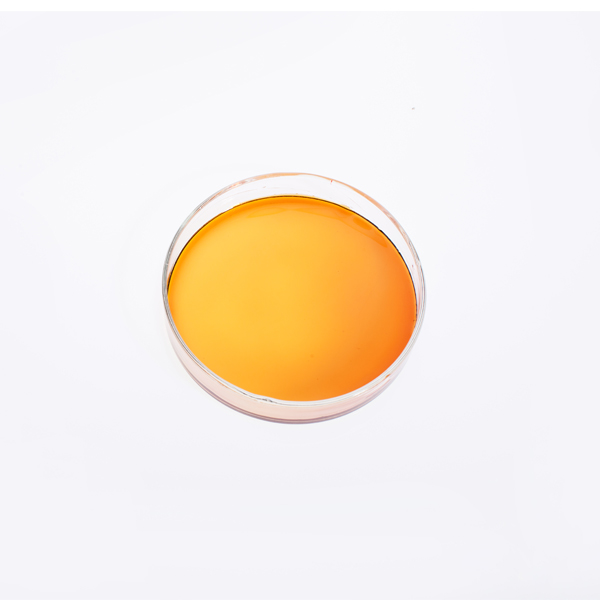
News
nov . 17, 2024 07:08 Back to list
Understanding the Role of Ion Chelators in Biological Systems and Applications
Ion Chelators An Overview and Importance in Biological Systems
Ion chelators are essential chemical compounds that play a crucial role in various biological, industrial, and environmental processes. These substances can bind to metal ions, forming stable complexes that can alter the availability and reactivity of these ions. The significance of ion chelation is evident not only in biological systems but also in areas such as environmental remediation and medical applications.
In biological systems, metal ions such as iron, copper, zinc, and manganese are vital for numerous cellular functions, including enzymatic reactions, electron transport, and structural roles in proteins. However, an imbalance in these essential ions can lead to toxicity and various diseases. For instance, excess free iron can generate harmful reactive oxygen species, contributing to oxidative stress and linked to conditions like neurodegenerative diseases and cancer. Ion chelators can mitigate these effects by sequestering excess metal ions, thereby reducing toxicity and restoring homeostasis.
One of the best-known ion chelators is desferrioxamine (DFO), a compound used clinically to treat iron overload conditions such as thalassemia and hemochromatosis. DFO binds free iron in the bloodstream, facilitating its excretion from the body through urine. This application highlights the therapeutic potential of ion chelators in managing metal toxicity and improving patient outcomes.
ion chelator

In addition to therapeutic uses, ion chelators are also relevant in environmental science. Heavy metal contamination of soil and water poses significant environmental health risks. Chelators can be employed to remediate contaminated sites by binding heavy metals, making them less bioavailable and less toxic to organisms. For example, ethylenediaminetetraacetic acid (EDTA) is a synthetic chelator used in phytoremediation to enhance the uptake of heavy metals by plants, thereby facilitating their removal from contaminated environments.
Furthermore, ion chelation has applications in analytical chemistry, where chelators are used in techniques such as ion chromatography and mass spectrometry. They help in selectively isolating and measuring metal ions in complex mixtures, providing critical data for environmental monitoring and quality control in various industries.
In conclusion, ion chelators are significant molecules that interact with metal ions in diverse ways, impacting both biological and environmental systems. Their ability to bind to toxic metals has far-reaching implications, offering therapeutic benefits in medicine and solutions in environmental cleanup. As research progresses, the development of novel chelators with improved selectivity and efficacy continues to enhance our understanding and management of metal ion dynamics in both human health and the environment.
-
Polyaspartic Acid Salts in Agricultural Fertilizers: A Sustainable Solution
NewsJul.21,2025
-
OEM Chelating Agent Preservative Supplier & Manufacturer High-Quality Customized Solutions
NewsJul.08,2025
-
OEM Potassium Chelating Agent Manufacturer - Custom Potassium Oxalate & Citrate Solutions
NewsJul.08,2025
-
OEM Pentasodium DTPA Chelating Agent Supplier & Manufacturer High Purity & Cost-Effective Solutions
NewsJul.08,2025
-
High-Efficiency Chelated Trace Elements Fertilizer Bulk Supplier & Manufacturer Quotes
NewsJul.07,2025
-
High Quality K Formation for a Chelating Agent – Reliable Manufacturer & Supplier
NewsJul.07,2025
